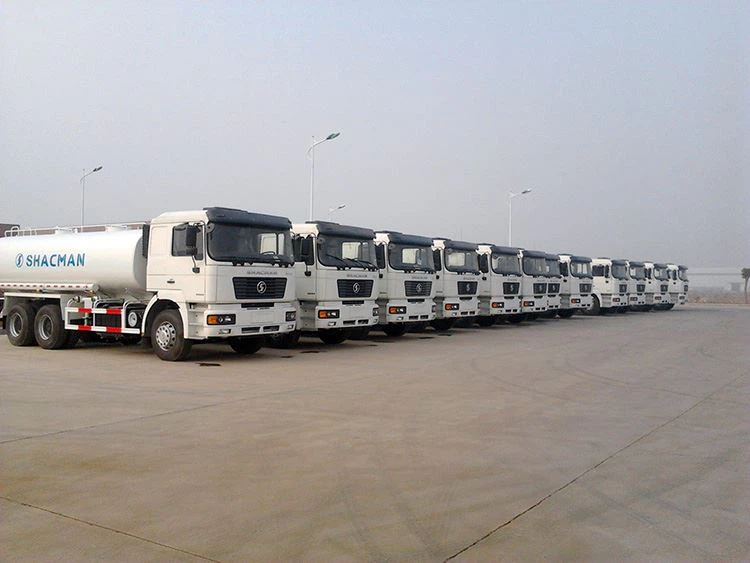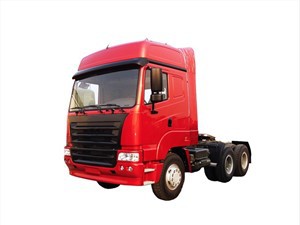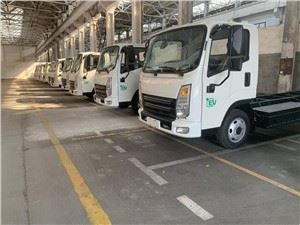Everything You Need to Know About Front Load Containers

Introduction
Front load containers are an essential component in various industries, providing efficient solutions for transporting goods, managing waste, and facilitating storage. Unlike traditional containers, front load containers are designed for easy access and convenience. This article delves into the world of front load containers, exploring their design features, benefits, applications, and best practices for usage. Whether you’re a business owner looking to optimize your logistics or simply curious about industrial containers, this comprehensive guide will provide you with valuable insights.
Understanding Front Load Containers
What Are Front Load Containers?
Front load containers are specialized waste management and storage units typically used in commercial environments. These containers are designed with an open top allowing easy access for front-loading garbage trucks. They are commonly made of durable materials like steel or polyethylene, ensuring longevity and resistance to various environmental conditions.
Design Features of Front Load Containers
Front load containers come with several design features that enhance their usability:
- Accessibility: The front-loading mechanism allows for efficient loading and unloading without needing to lift items high.
- Durability: Made from heavy-duty materials to withstand wear and tear from daily use.
- Variety of Sizes: Available in various sizes to accommodate different quantities of waste or materials.
- Locking Mechanisms: Equipped with locks to prevent unauthorized access and ensure security.
Benefits of Using Front Load Containers
Maximized Efficiency
Front load containers enhance operational efficiency by allowing quick loading and unloading processes. This efficiency translates into reduced labor costs and improved time management.
Space Optimization
These containers are designed to maximize space, allowing businesses to store more materials in a compact manner. This is particularly beneficial for urban spaces with limited room for waste storage.
Improved Cleanliness
By providing a secure way to store wastes, front load containers help maintain cleanliness in commercial areas. They minimize spillage and odor, making them ideal for restaurants and grocery stores.
Environmental Benefits
Using front load containers promotes better waste management practices. They facilitate efficient recycling and waste separation, helping businesses minimize their environmental footprint.
Common Applications of Front Load Containers

Commercial Waste Management
One of the primary uses of front load containers is for managing commercial waste. Restaurants, offices, and retail stores often utilize these containers for efficient waste disposal.

Construction Sites
Front load containers are used in construction sites for debris management. Their sturdy design makes them suitable for heavy materials and construction waste.
Recycling Facilities
Many recycling facilities use front load containers to separate recyclables from general waste, facilitating effective recycling processes.
Selecting the Right Front Load Container
Size Considerations
Choosing the right size is crucial. Assess your waste generation rate and select a container that accommodates your needs without causing overflow.
Material Choices
Consider the materials of the container. Steel containers offer strength while polyethylene containers are lightweight and resistant to rust and corrosion.
Best Practices for Using Front Load Containers
Regular Maintenance
Perform regular inspections and maintenance to ensure that your front load containers remain in optimal condition. Look for signs of rust, damage, or wear and handle repairs promptly.
Proper Waste Sorting
Encourage proper waste sorting to maximize the effectiveness of your front load container. Providing clear signage can help users understand what materials are acceptable.
Limit Overloading
Avoid overloading your containers as it can lead to damage and increased safety risks. Adhere to weight limits specified by the manufacturer.
Cost Considerations
Initial Investment
The initial cost of front load containers can vary based on size, material, and features. Assess your budget before making a purchase.
Long-Term Savings
While the upfront cost may be high, investing in durable front load containers can lead to long-term savings in waste management and potential health hazards.
Frequently Asked Questions (FAQs)
What are the typical sizes of front load containers?
Front load containers come in various sizes, commonly ranging from 2 yards to 8 yards. The size you choose should depend on your waste generation needs.
How do I maintain a front load container?
Regular maintenance involves cleaning the container, checking for rust or damage, and ensuring that the wheels and locks function properly.
Can front load containers be used for recycling?
Yes, front load containers are ideal for recycling as they can be used to separate different recyclable materials, helping to streamline the recycling process.
What materials are used to make front load containers?
Front load containers are commonly made from materials like steel and polyethylene, providing strength and durability for various applications.

Are front load containers secure?
Yes, many front load containers come with locking mechanisms to prevent unauthorized access, making them secure for storing waste and materials.
How do I choose the best front load container for my business?
Consider the size, material, and specific needs of your business to choose the best front load container. Assess waste generation rates and required durability to make an informed decision.
